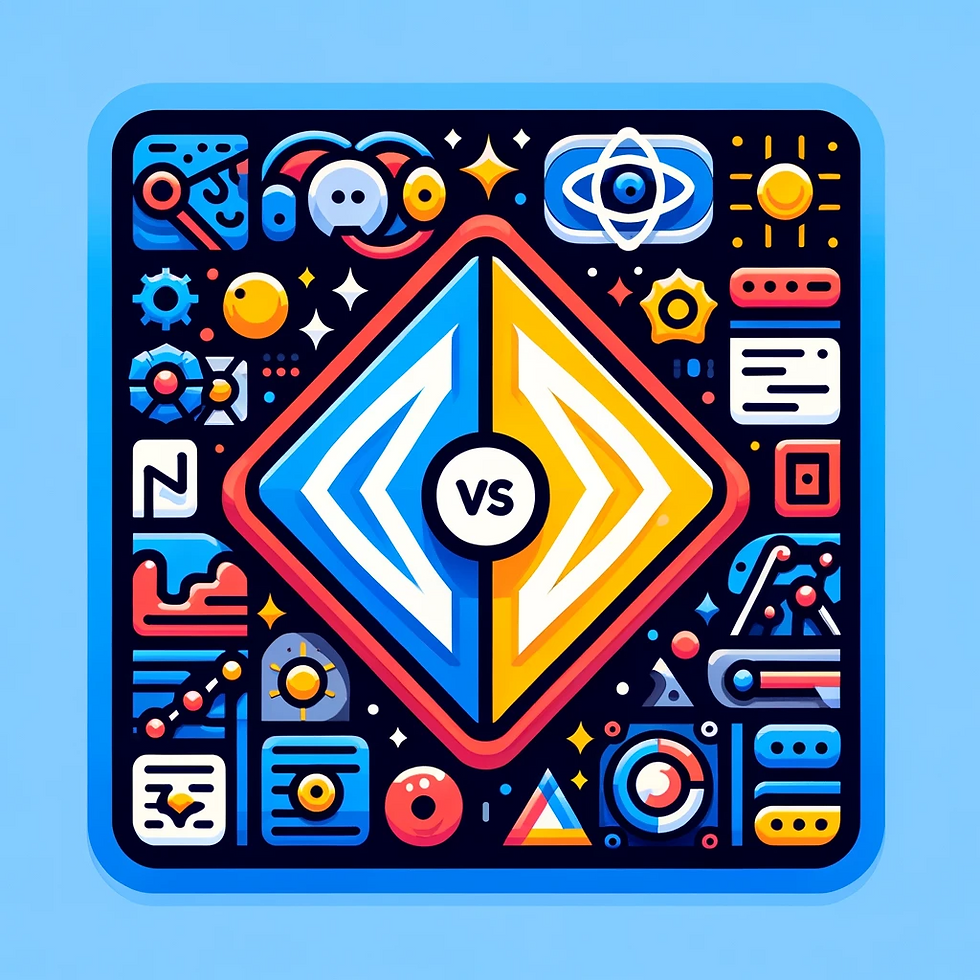Maximizing React's Potential: Crafting Custom Hooks with @tanstack/query and Re-State
- Emre Tosun
- 28 Eyl 2023
- 2 dakikada okunur
React, the dynamic and powerful JavaScript library, continues to evolve, providing developers with more tools to build efficient and maintainable applications. Custom hooks, a feature introduced in React, allow developers to encapsulate complex logic and share it across components. In this article, we'll explore how to harness the capabilities of `tanstack/query` and `re-state` by creating custom hooks, enhancing the reusability and extensibility of your React applications.
Understanding Custom Hooks:
Custom hooks in React are functions that encapsulate reusable logic. They enable you to abstract away complex operations, state management, and data fetching, making components cleaner and more focused on their UI. By leveraging custom hooks, you centralize your logic in a single location, simplifying maintenance and promoting consistency.
Creating Custom Hooks with @tanstack/query:
`@tanstack/query` is a powerful library that simplifies data fetching, caching, and synchronization. By creating custom hooks around its functionality, you can streamline your data management process. Here's an example of a custom hook that fetches a list of users using `@tanstack/query`:
import { useQuery } from '@tanstack/query';
const useFetchUsers = () => {
const query = useQuery('users', fetchUsers); // Assume fetchUsers is a function to fetch
/**
You can play with the data here and also include your mutations and return them.
*/
return query;
};
Now, you can easily use this custom hook in your components:
function UserList() {
const { data, error, isLoading } = useFetchUsers();
if (isLoading) {
return <p>Loading...</p>;
}
if (error) {
return <p>Error: {error.message}</p>;
}
return (
<ul>
{data.map(user => (
<li key={user.id}>{user.name}</li>
))}
</ul>
);
}
Creating Custom Hooks with Re-State:
`re-state` is another library that simplifies state management in React applications. By creating custom hooks with `re-state`, you can effectively manage your application's state without the complexity of traditional approaches. Here's an example of a custom hook that manages a theme state using `re-state`:
import { useReState } from 're-state';
const useTheme = () => {
const { state, setState } = useReState({ darkMode: false });
const toggleDarkMode = () => {
setState({ darkMode: !state.darkMode });
};
return { darkMode: state.darkMode, toggleDarkMode };
};
Now, you can use this custom hook to manage the theme state across your application:
function ThemeSwitcher() {
const { darkMode, toggleDarkMode } = useTheme();
return (
<div>
<label>
Dark Mode:
<input type="checkbox" checked={darkMode} onChange={toggleDarkMode} />
</label>
</div>
);
}
Conclusion:
Custom hooks in React, paired with libraries like `tanstack/query` and `re-state`, provide an elegant way to encapsulate and reuse complex logic within your components. By creating custom hooks that abstract away data fetching, state management, and other tasks, you can enhance code reusability, maintainability, and overall development efficiency. Whether you're building large-scale applications or smaller projects, harnessing the power of custom hooks can elevate your React development workflow to new heights, enabling you to focus on crafting exceptional user experiences.




